What Is Mixing Tank Functions? | JCT Machinery
 Dec 20,2023
Dec 20,2023

 JCT
JCT
What is mixing tank?
Mixing tank, also known as blend tank or agitator tank, is a vessel designed for the purpose of combining and blending different materials or components to create a homogeneous mixture.
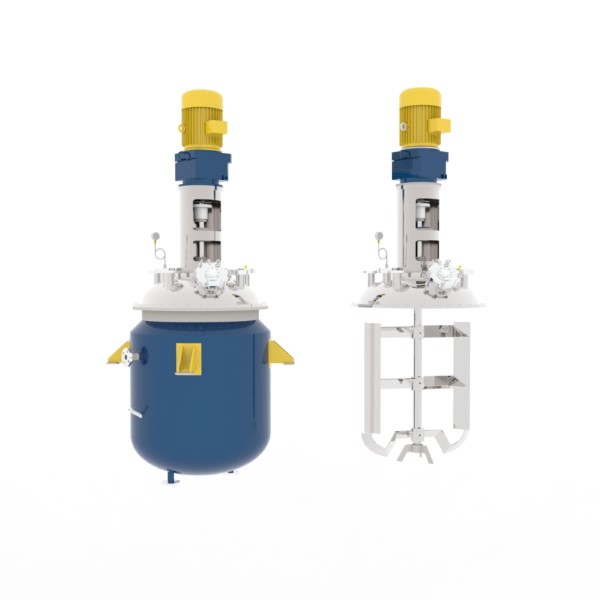
Mixing Tank Function
1. Blending
The primary function of mixing tank is to blend different components or materials together. This can include liquids, powders, granules or other substances.
2. Homogenization
Mixing tank ensures the uniform distribution of components throughout the mixture, resulting in a homogenous blend. This is crucial for achieving consistent product quality.
3. Dissolution
Mixing tank facilitates the dissolution of solids into liquids, ensuring that solid particles are evenly dispersed and dissolved within the liquid medium.
4. Suspension
For applications involving solid particles in a liquid, mixing tanks help maintain the suspension of particles, preventing settling and ensuring a stable mixture.
5. Reaction
In chemical and pharmaceutical industries, mixing tanks are used for conducting reactions where different reactants need to be thoroughly mixed for the desired chemical transformation.
6. Heat Transfer
Some mixing tanks come equipped with jacketed designs, allowing for the circulation of heating or cooling fluids. This enables precise temperature control during mixing processes.
7. pH Adjustment
Mixing tank can be used for adjusting the pH of a solution by blending acidic or alkaline substances.
8. Addition of Additives
Mixing tank facilitates the addition of additives, such as colors, flavors or stabilizers, ensuring their even distribution in the final product.
9. Product Storage
In some cases, mixing tank may also serve as storage vessels for the blended or mixed product before it is further processed or transported.


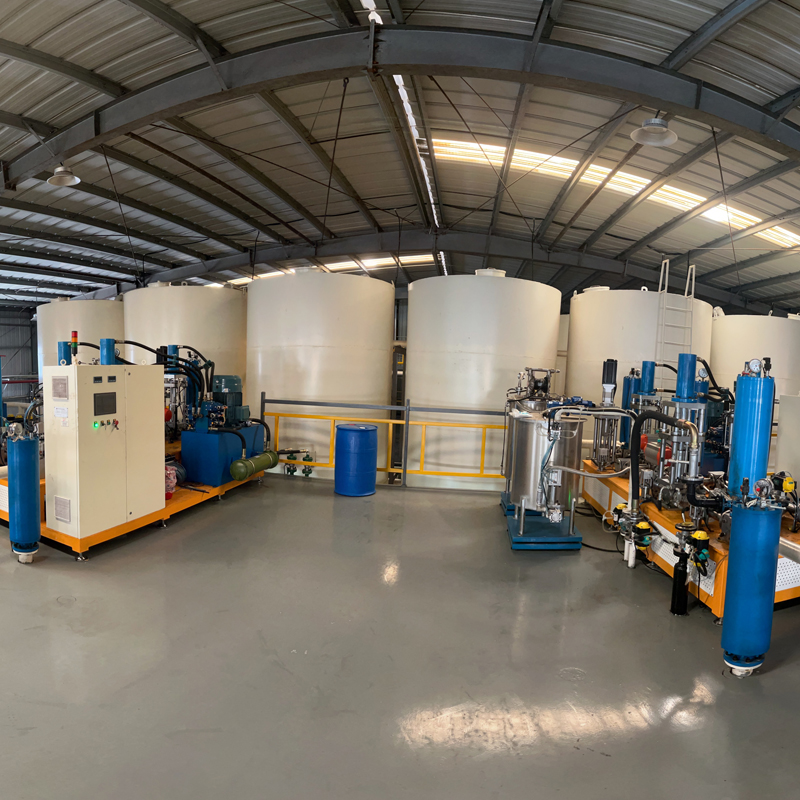
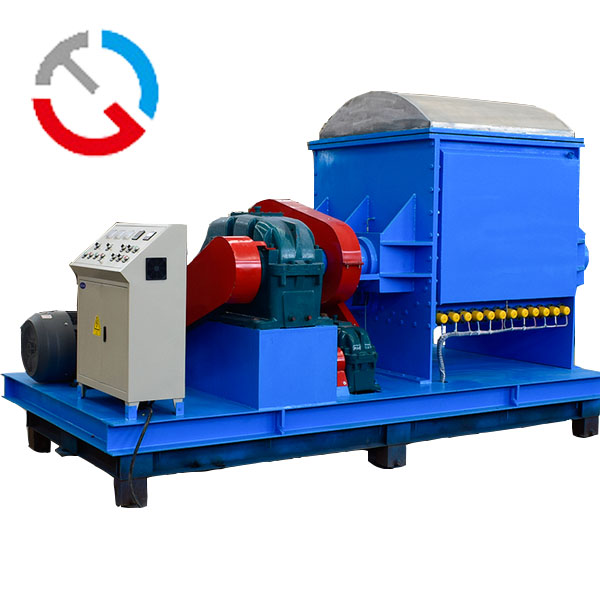
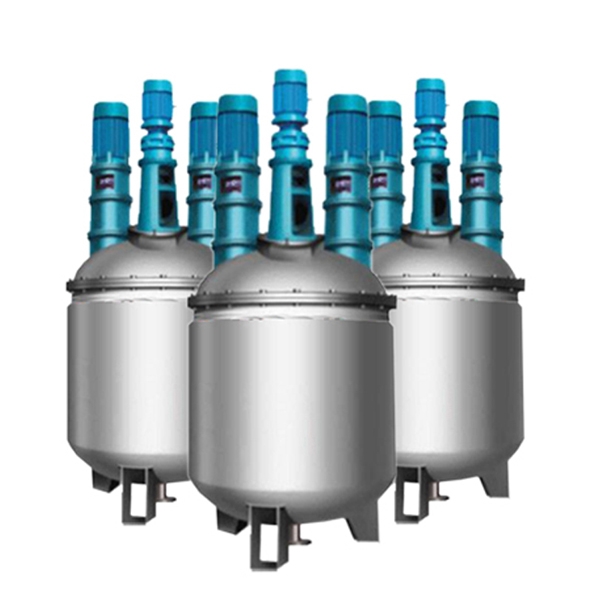
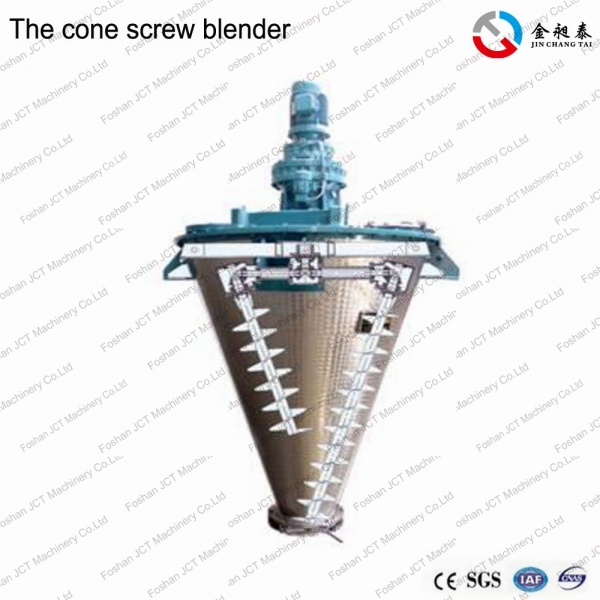


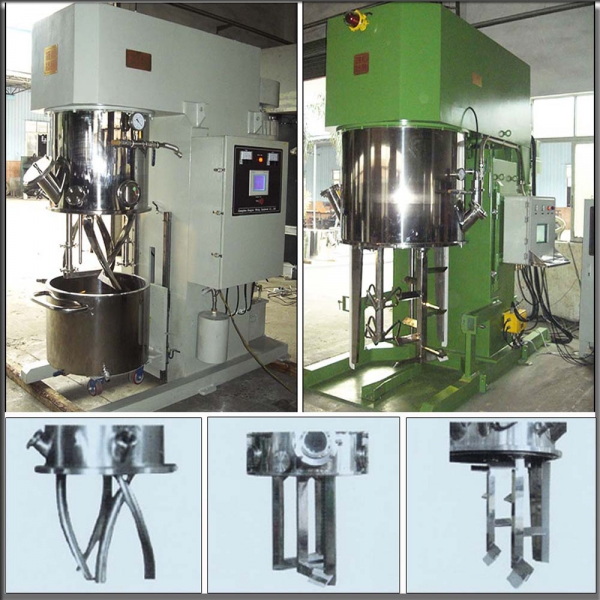





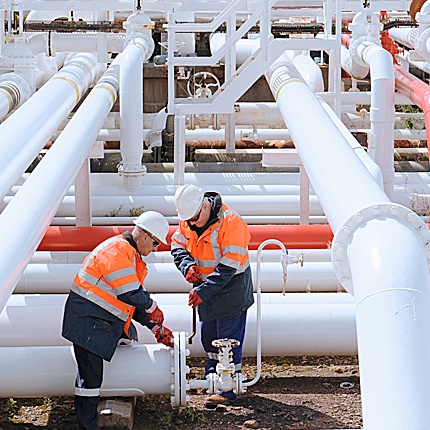

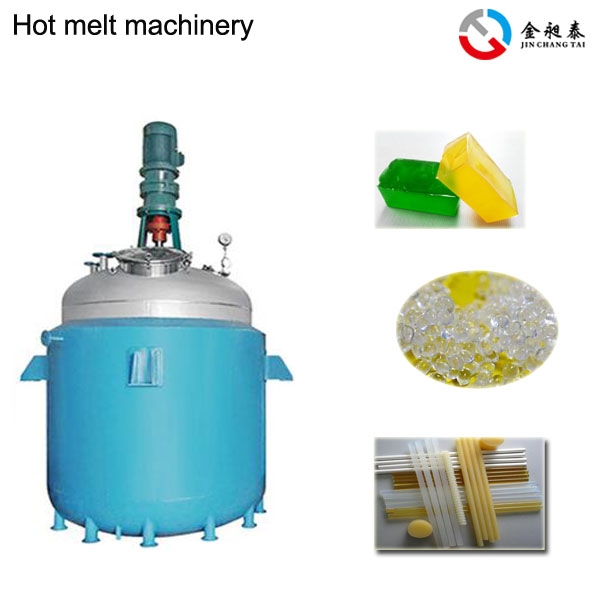
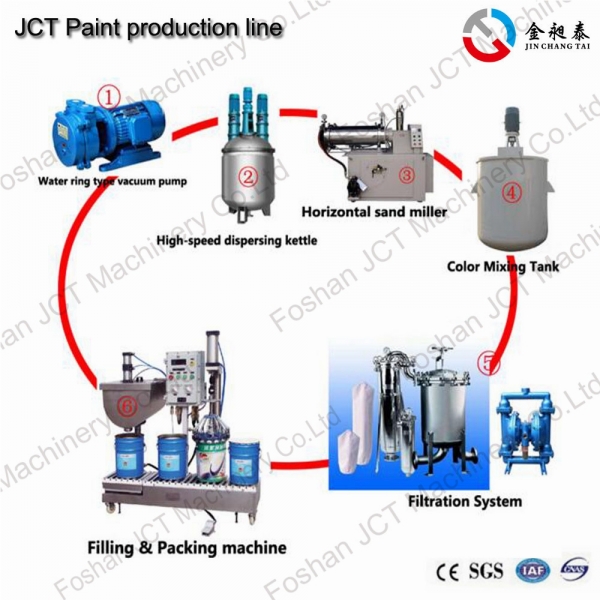
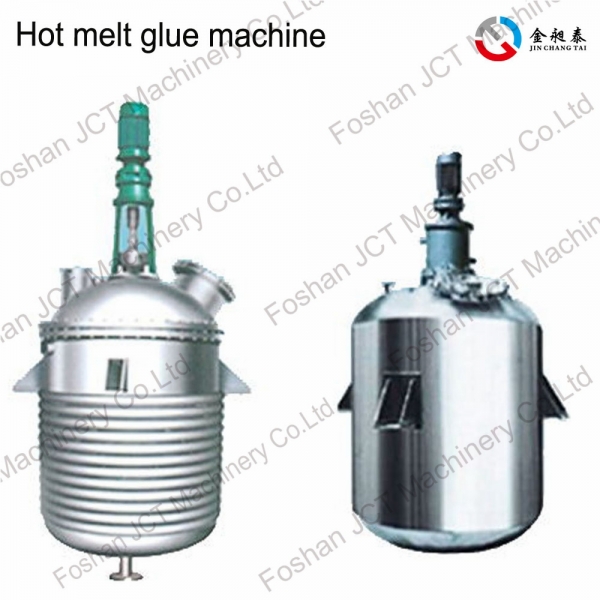
 CN
CN
 HOME
HOME Chemical Mixing Machines Wholesale | JCT Machinery
Chemical Mixing Machines Wholesale | JCT Machinery  You May Also Like
You May Also Like
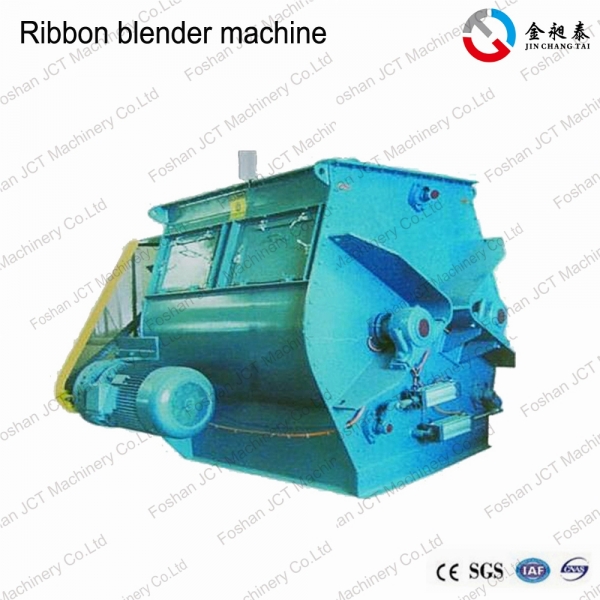

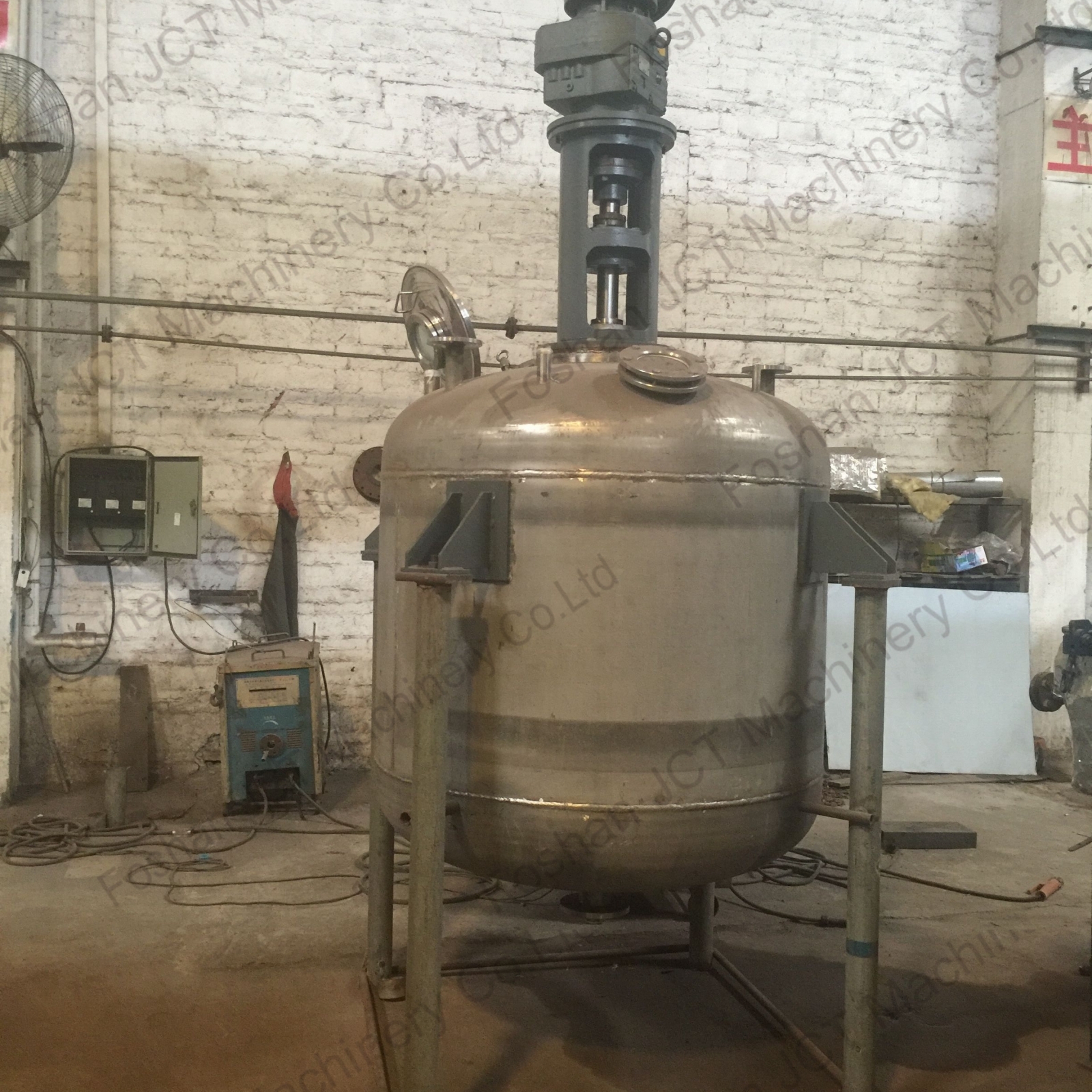
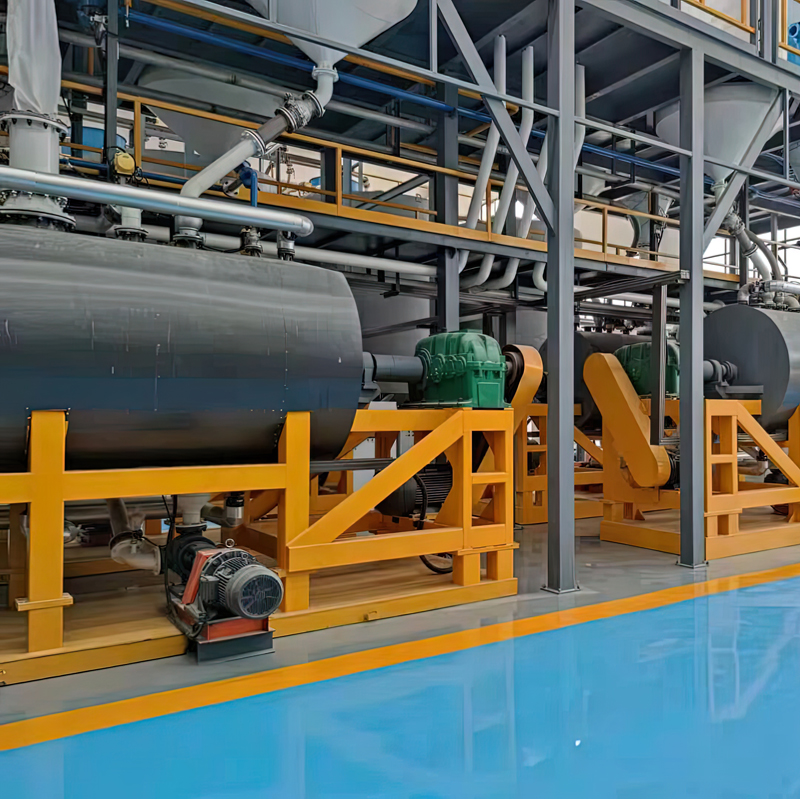
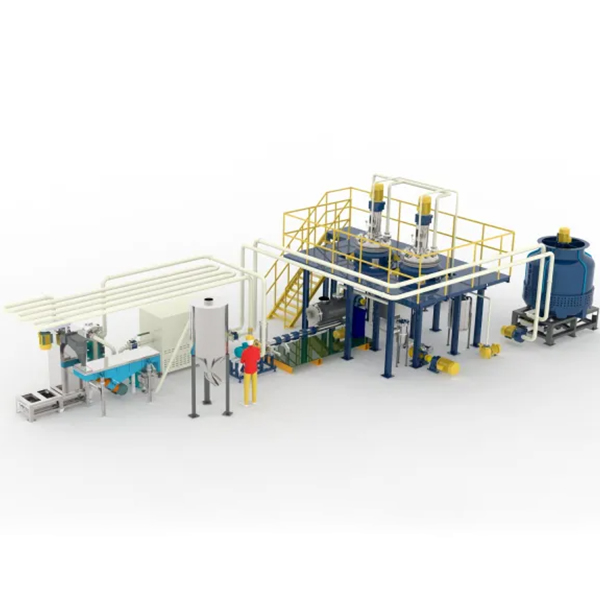

 Tel
Tel
 Email
Email
 Address
Address










